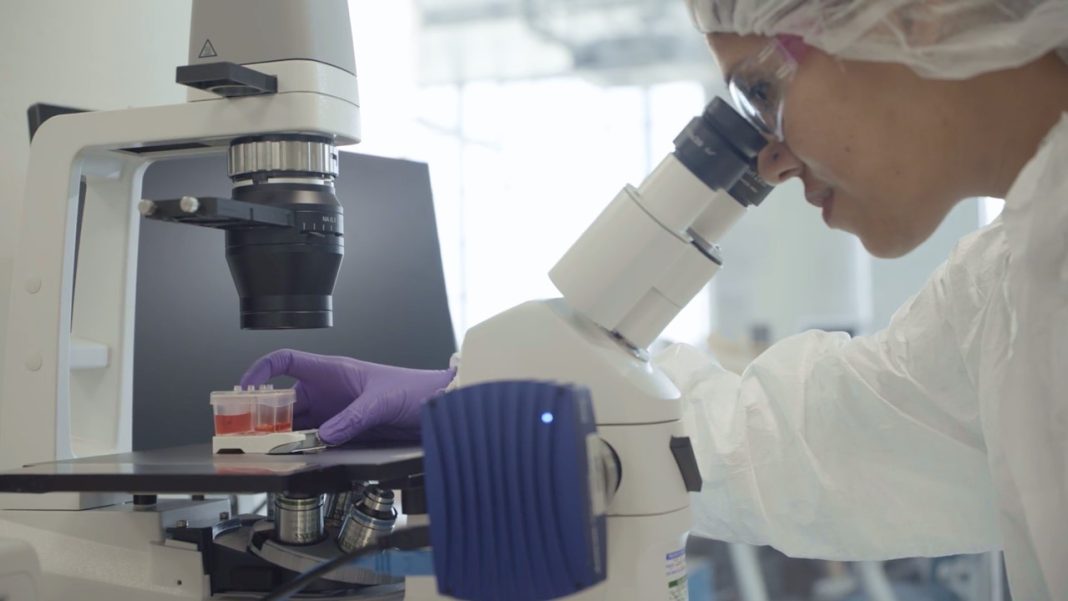Microfluidic chips that mimic human livers are better at predicting whether a drug is toxic to the liver than conventional animal models used in preclinical experimentations, claims a new study from Emulate.
Results of preclinical drug development studies conducted on animal models often fail to hold up in human clinical trials. This leads to unforeseen toxic reactions to drugs in patients, particularly liver toxicity, either during trials or even after a drug is approved. Organ-on-a-chip technology could provide a viable solution by testing potential drugs on devices that mimic human organs to detect toxicities at early stages of the drug development pipeline. But scientists have been on the fence regarding the predictive value of organ-chips in comparison with traditional preclinical animal models.

A new study conducted by Emulate, a company that manufactures organs-on-chips, tested 870 human liver-chips across a blinded set of 27 drugs with known profiles of hepatotoxicity to determine their ability to predict drug-induced liver injury (DILI). The study was published in the Nature portfolio journal Communications Medicine (“Performance assessment and economic analysis of a human Liver-Chip for predictive toxicology”).
“This first-of-its-kind study demonstrates the Emulate human Liver-Chip can better predict drug safety than other methods for modeling liver toxicity,” said Jim Corbett, CEO of Emulate. “In light of these findings, the pharmaceutical industry and government agencies have a responsibility to both patients and researchers to bring efficient, accurate, and safe preclinical testing models—like Organ-Chips—into the drug development process.”
DILI is the most common reason for withdrawing drugs from the market after they have been approved, or for issuing warnings and modifications regarding the use of drugs. In addition to drugs under trial, idiosyncratic DILI can be induced by paracetamol, as well as dietary and herbal supplements.
Liver-Chips are 3D microfluidic devices that recapitulate morphological and physiological features of liver tissue and offer significant advantages over traditional cell culture based experimental designs.
“This is achieved by recreating tissue-tissue interfaces and providing fine control over fluid flow and mechanical forces, optionally including supporting interactions with immune cells and microbiome, and reproducing clinical drug exposure profiles,” the authors noted.

“This system is an important advancement in the preclinical prediction of drug-induced liver injury risk,” said Jonny Sexton, PhD, assistant professor of internal medicine at the University of Michigan. “There are many more DILI-associated drugs than the 24 chosen here and these drugs are largely intrinsic DILI with direct and concentration-dependent hepatotoxicity. However, idiosyncratic DILI drugs are not included but are an important class (like augmentin, isoniazid, nitrofurantoin) but are challenging to model because they should require immune cells.”
In this largest Organ-Chip study to date, the researchers compared the performance of human Liver-Chips to those of animal models and primary human 3D hepatic spheroids, in predicting DILI. They found that Liver-Chips outperformed conventional preclinical models. Human Liver-Chips were able to correctly identify 87% of drugs that caused DILI in patients despite passing through animal testing.
In accordance with guidelines defined by IQ MPS, an affiliate of the International Consortium for Innovation and Quality in Pharmaceutical Development, the drugs tested included seven matched pairs to distinguish toxic drugs from their less toxic structural analogs. The Liver-Chip did not falsely identify any drugs as toxic, vouching for its specificity.
Drug development is an expensive and time-consuming endeavor. This spurred the investigators to conduct an economic evaluation as part of the study. This indicated routine use of Liver-Chips that detect hepatotoxicity with 87% sensitivity could generate an estimated $3 billion annually by enhancing productivity in research and development for small molecule drugs. Additionally, routine use of Organ-Chips to assess cardiovascular, neurological, immunological, and gastrointestinal small molecule toxicities could generate approximately $24 billion annually, the authors claim.
Jack Scannell, PhD, CEO of Etheros Pharma, said, “Two outcomes from the Emulate study have implications that extend well beyond toxicity. First, it sets the benchmark for model evaluation, and secondly, it shows how to map from model validity to decision quality to dollar value. After all, if we want the scientific community to invest in better models, we need to work out how much they are worth.”
Zaher Nahle, PhD, CSO at the Center for Contemporary Sciences said, “[This study] demonstrates the immediate readiness of such technology to transform critical phases of the drug development process, in particular lead optimization and preclinical assessment, making the entire process safer, cheaper, faster, and more effective.”
The authors suggest that Liver-Chips can be used during lead optimization phases of drug development, when the potential of three to five chemical compounds is being evaluated, to eliminate or deprioritize candidates that cause toxicity. This will reduce animal testing and remove unsafe candidates from R&D pipelines.


